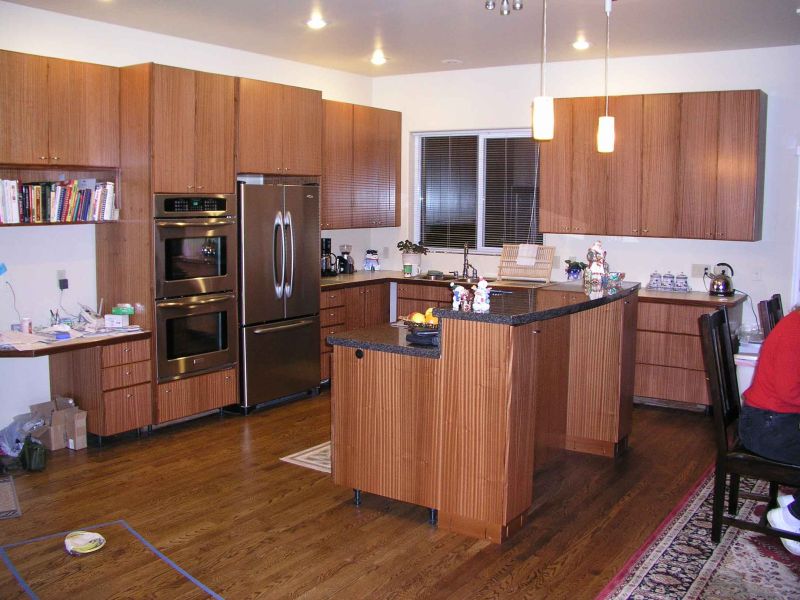Mahogany Honeycombing Defect
Honeycombing that appears after planing is typically a drying defect — similar to end checking, but different. April 17, 2009
Question
I am experiencing a defect in solid mahogany lumber that looks like honeycomb that appears on the surface of the board. It is also more prevalent in 6/4 and 8/4 thicknesses. How can this be prevented to improve lumber yield in furniture grade components?
Forum Responses
(Furniture Making Forum)
From contributor M:
When does the defect show up? How involved in the processing of the lumber are you, tree to furniture, mill to furniture maker, or somewhere in between?
From the original questioner:
The broken grain in the kiln dried mahogany can be seen to some degree in the rough board, but is very visible following rough planing.
From contributor J:
Sounds like it is case hardened. The honeycomb is a series of holes running into the end grain? That is a manufacturing defect and any supplier should take it back and replace it with good material.
From Gene Wengert, forum technical advisor:
Indeed, from your description, it sounds like deep surface checks or honeycomb caused by drying too quickly in the early stages of drying; that is, above 50% MC. This fast drying caused surface checks that went deeper. It is common to see the checks closed on the surface at the end of drying, but show up when planing. The risk of checking is greater with thicker stock. If the checks were only at the ends, then we would look for end checking problems. Casehardening only causes immediate warp when machining. It does not cuasing cracking.
From contributor G:
Sounds like compression fractures to me. From what I understand, they occur when the tree is felled. They are fractures that occur perpendicular to the grain and I see these in both Hondo and Khaya.
From Gene Wengert, forum technical advisor:
If these cracks were related to logging or were compression failures, they would show up in all thicknesses. Note that compression failures, not necessarily related to logging damage, are considered a growth defect in the tree and will run across the grain (from edge to edge in the lumber). Checks run lengthwise and are seen on the flatgrain most often. Checking is more likely as the lumber gets thicker. The cure, incidentally, is slower drying at high MC’s.
